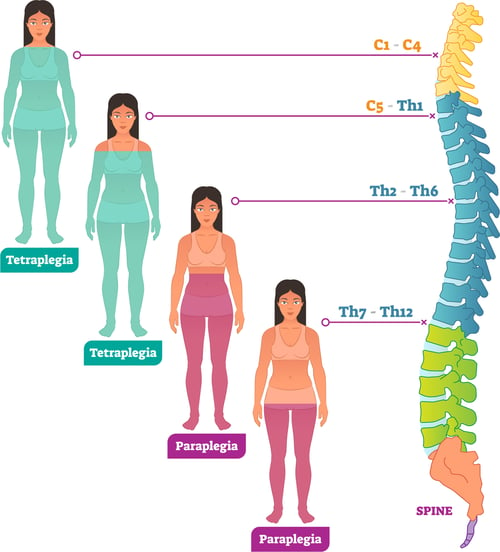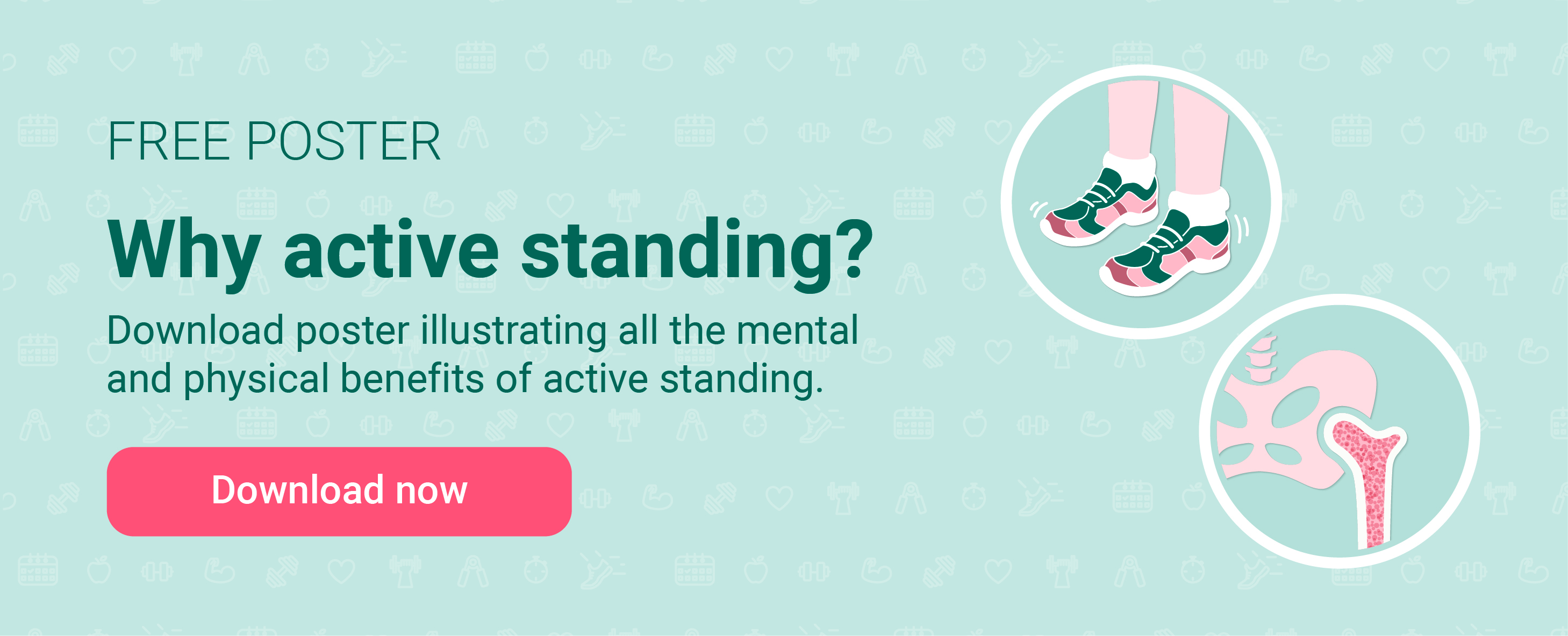What is spinal cord injury?


Every year, around the world, up to 500 000 people suffer a spinal cord injury (SCI). The spinal cord is the major bundle of nerves that carries nerve impulses to and from the brain to the rest of the body. An SCI causes permanent changes in body functions.
- What is spinal cord injury?
- What happens if your spinal cord is damaged?
- Can spinal cord damage be repaired?
- What is the most common spinal cord injury?
- What is the leading cause of spinal cord injuries?
- What is the best treatment for spinal cord injury?
- Can you fully recover from a spinal cord injury?
What is spinal cord injury?
SCI is a damage to any part of the spinal cord or nerves at the end of the spinal canal. An SCI may occur due to a traumatic incident such as a fall or car accident, or as a non-traumatic incident like bleeding, cancer or other medical conditions. The spinal cord is protected by the vertebrates and often the spinal cord is intact after an external trauma, but the damage due to compression or bruising results in loss of function.
What happens if your spinal cord is damaged?
The consequences of a SCI depend on the type and level of injury. Commonly SCI is referred to as either complete or incomplete.
- Complete - means total loss of all motor and sensory function below the level of injury.
- Incomplete - means that some function remains below the primary level of injury. You may be able to move one or more limbs, and to feel parts of the body.
The spinal cord cross section scheme
The spinal cord is protected by 29 vertebrates and is divided into four sections:
-
- Cervical (C1-C7)
- Thoracic (Th1- Th12)
- Lumbar (L1-L5)
- Sacrum (S1-S5)
If you have a high injury - above C7, it will affect all of your four limbs and torso and is described as tetraplegia. If you have an injury between C5 and Th1 you may have some control of shoulders, biceps and arms, but limited control of hands and fingers. If your injury is below Th2 it is described as paraplegia. An injury between Th2 and Th6 results in ability to use the arms and hands, but lack of abdominal muscle control affecting trunk control. Injuries lower than Th6 leaves good control of the trunk.
The higher up the injury is to the spinal cord, the more severe the symptoms are, and it will often require a powered wheelchair for independent mobility. If you have a lower injury you may be able to use a manual wheelchair.
Tetraplegia is also known as quadriplegia. It means that your arms, hands trunk, legs and pelvic organs are all affected by your spinal cord injury.
Paraplegia affects all or part of your trunk, legs and pelvic organs.

Can spinal cord damage be repaired?
Unfortunately, there is no cure for spinal cord injury at this time. Many scientists around the world devote their lives to do research on SCI. We hope that in the future new innovative advancement will lead to new opportunities for you who suffer from an SCI.
What is the most common spinal cord injury?
The most common SCI’s are incomplete tetraplegia and paraplegia. According to the National Spinal Cord Injury Statistical Center in the US, these types account for more that 65% of all SCIs. Complete SCI accoures for less than 35% of spinal cord injuries.
What is the leading cause of spinal cord injuries?
The cause of SCI varies from country to country. In the US, vehicle crashes are the currently leading cause, followed by falls, acts of violence and sports activities. (Source)
What is the best treatment for spinal cord injury?
The treatment of a SCI starts already at the scene of the accident. Paramedics' attention will be on your ability to breath and minimizing the effects of head, neck, or back truma, by immobilization. When in hospital the health care providers will continue the treatment of the SCI which may include surgery to remove fragments of bones, herniated disks, fractured vertebrae or to stabilize the spine.
After the acute phase you will in most cases be submitted to a rehabilitation hospital or a facility specialized in rehabilitation after SCI.
A team of professionals, such as doctors, physiotherapists, occupational therapists, nurses, psychologists, social workers and dietitians, will be responsible for the rehabilitation program together with you.
There is good evidence for starting rehabilitation as soon as you are medically stable to improve functions related to daily living, ambulation and quality of life.
During rehabilitation the focus will be on:
- Maintenance and strengthening of existing muscle function
- Redeveloping fine motor skills
- Learning adaptive techniques to accomplish day-to-day tasks
- Education on prevention of secondary complications
- Advice and support on how to cope with your new life situation (home, school, work, recreation activities etc.)
- Use of assistive devices to increase independence and mobility
Gait training after a spinal cord injury
Your specific rehabilitation program depends on the level of injury and how you are affected. For an incomplete SCI, where you might have some function in the lower limbs, focus will be on walking ability. The training may consist of both overground training and/or body weight supported training. For the body weight supported gait training, different robot assisted devices can be used. The aim is to allow for more intensive gait training.
Can you fully recover from a spinal cord injury?
The level of injury will give an indication on recovery, but mostly it is not possible to give a full prognosis in the early phase as changes may occur during the first weeks and up to 6 months.
A serious injury to the spinal cord is a life-changing event. For you who suddenly have been paralysed it can be extremely frightening and confusing. You might ask yourself what my life will look like in the future? How will I handle work, relationships etc.?.
Recovery will take time and you will experience ups and downs in the time to come. You are allowed to grieve and to be frustrated. This is completely natural and will also be part of your recovery. Family and professionals will be there to support and guide you to set goals and find a way to move forward in your life. When that is said, it is important to remember that there are many people who are paralysed who progress to lead productive and fulfilling lives.
In most countries you will find Spinal Cord Associations that are there to support you. They can have relevant information on SCI and can also be a way to grow a network of other people who are in the same situation as you. In for example the UK they have the SIA, and in the United States the United Spinal Association.

Rikke Damkjær Moen brings many years of experience as clinical physiotherapist to the Made for Movement team. Her mission is to ensure that everybody, regardless of mobility problems, should be able to experience the joy and health benefits of physical activity. As our Medical Manager, Rikke is passionate about sharing knowledge so that individuals with special needs, families, and clinicians can discover the possibilities and solutions provided by Made for Movement.
A severe accident during a hockey game resulted in 35-year-old Tobias breaking his neck and becoming paralysed from the armpits down....
In this blog, we take you on a deep dive into universal design so you can understand and recognize how these principles are...
The Innowalk Pro is an excellent end-effector device, providing full-body robotic therapy in standing with weight-bearing. It can be...
Hear from us from time to time and learn new things
